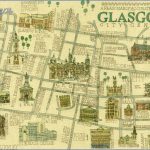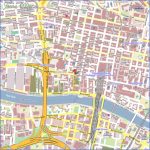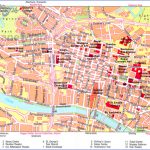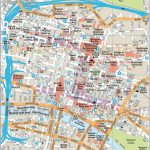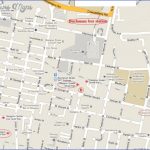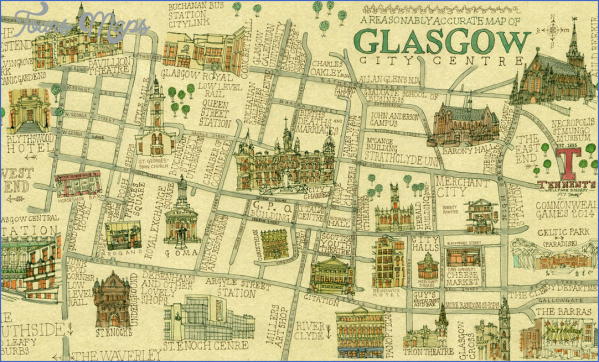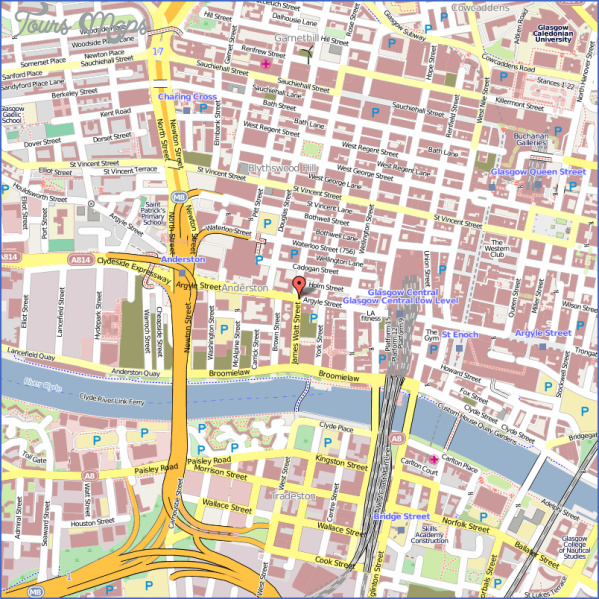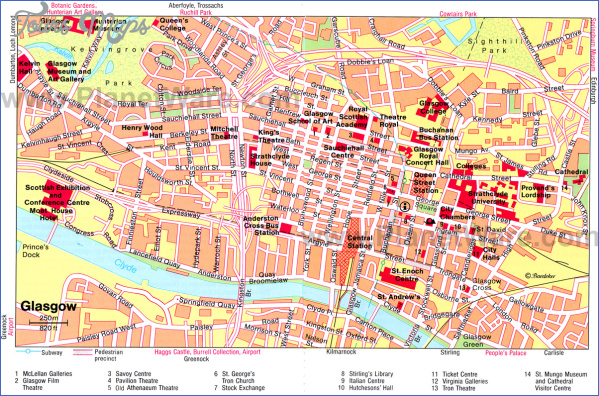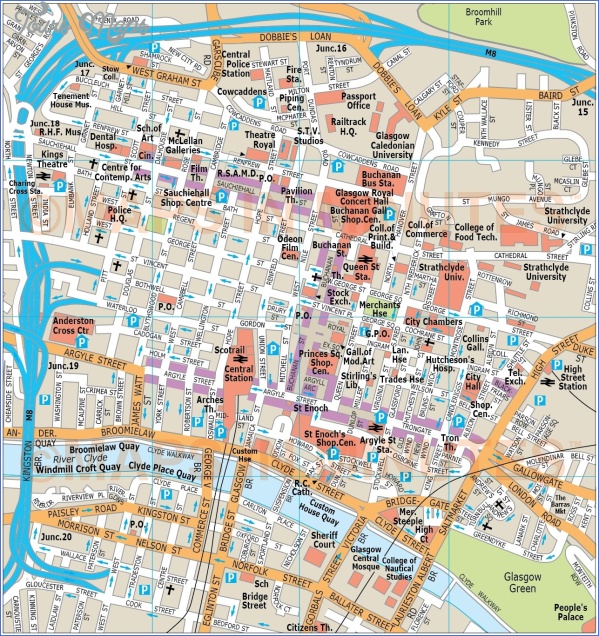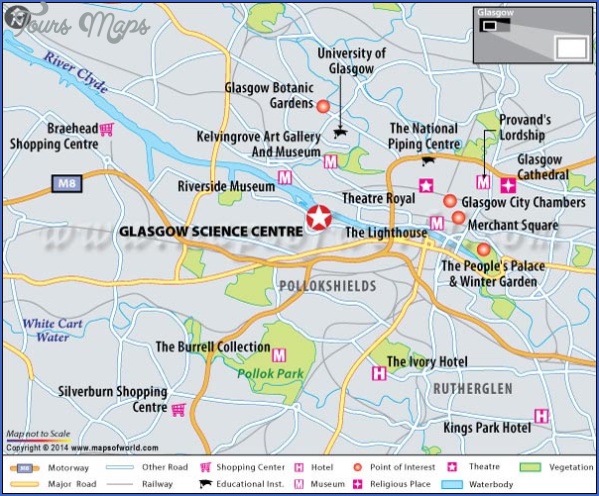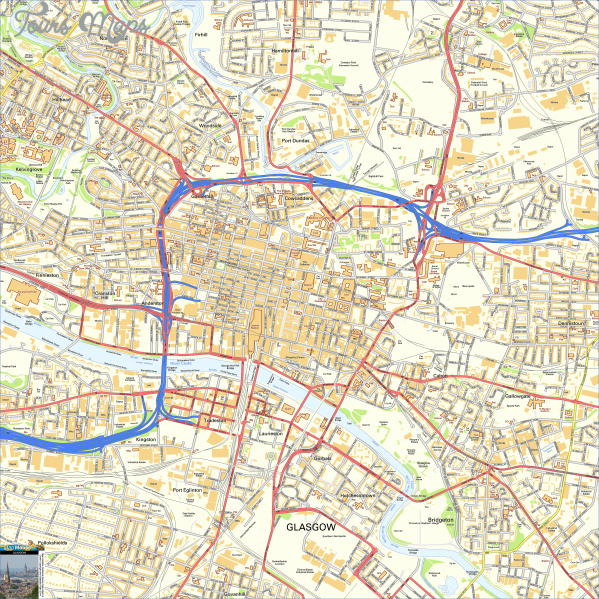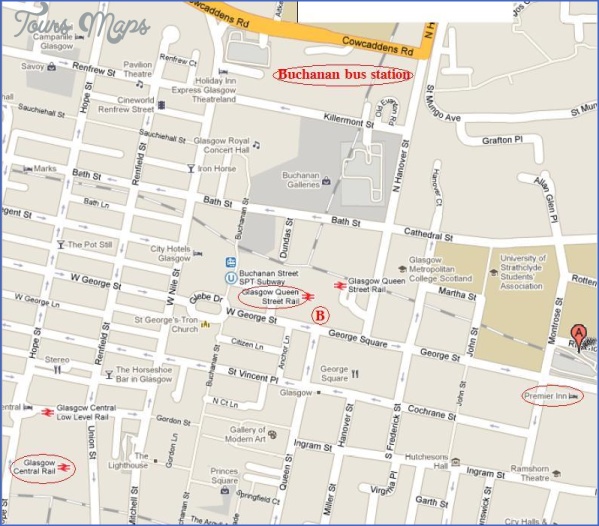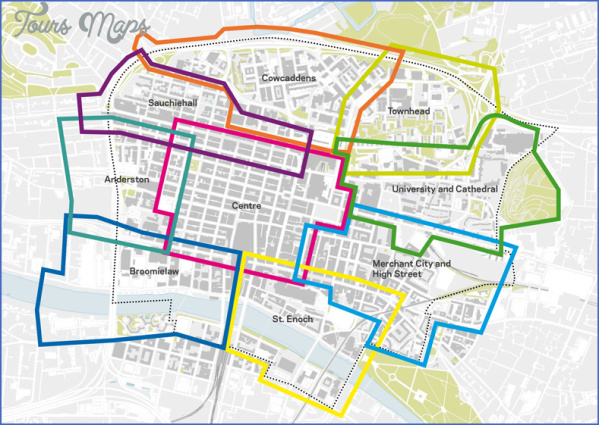Argyll Chambers 28-32 Buchanan Street
Pair of Allegorical Female Figures
Sculptor: James M. Sheriff (attrib.) (1903-4)
The two personifications on this building have been identified as Industry on the left and Commerce on the right. The building’s owner in 1894, the wealthy tea importer Stuart Cranston, is credited with planting the roots of our present-day addiction to tea.
Commercial Bank of Scotland 4-16 Gordon Street 113 Buchanan Street
Narrative and Allegorical Reliefs of Children and Associated Decorative Carving
Sculptors: John Thomas, Alexander Handyside Ritchie (1853-7)
Architect: David Rhind (1854-7)
Built as the head office of the nowdefunct Commercial Bank of Scotland, this building incorporates a pair of reliefs celebrating banking in all its glory; but unconventionally, it is infant cherubs who are operating various machinery and making coins and bank notes. The decorative masks looking out over the city, however, are those of adult men. This admirable monument to the strength of commerce cost about £9.7 million in today’s money to erect, plus a further £130,000 for sculptural ornamentation.
Map Of Glasgow Centre Photo Gallery
30 St Vincent Place
Allegorical Figures, and Associated Carving
Sculptors: JohnMossman, William Mossman Junior and Charles Grassby (1871-4)
A homage to the world of commerce, the grand female figures standing over their male counterparts represent Industry and Trade. Below these, two additional figures represent Sewing and Reaping. At the time, the building’s overly-lavish design was criticized as illogical, and lacking in purpose.
14 St Vincent Place
Decorated Masks and Associated Carving
Sculptors: H.H. Martynand Co (1905-7)
Originally built for the Anchor Line Steamship Company, this imposing Edwardian-Style building is covered in maritime references, including a large mask of Neptune accompanied by sea monsters, and a pair of lovingly-crafted Mercury masks.
2 St Vincent Place
Atlantes, and Associated Decorative Carving Sculptor: William Mossman Junior (1867-70)
In the doorway of the former Bank of Scotland we see two figures straining under the weight of the building. Heads bowed and muscles bulging, these two Atlantes were among the most celebrated works of their day.
City Chambers 80 George Square
Allegorical and Decorative Sculpture Programme
Sculptors: Numerous (1883-88)
Architect: William Young
Glasgow City Chambers was built in direct competition with Manchester’s own new town hall, and is easily the grandest of all Glasgow’s Victorian architecture. The grounds feature many major statues and numerous carvings, together constituting the single most extensive sculpture programme in the city. Defeating 125 competing designs, the architect William Young won the commissionin 1881. The laying of the foundation stone in 1883 was marked by a public holiday, which led to the largest recorded gathering in Glasgow with an estimated 600,000 people witnessing the event. The building was inaugurated during Queen Victoria’s 1888 visit to Glasgow, a year before City Chambers officially opened to the public.
Maybe You Like Them Too
- Top 10 Islands You Can Buy
- Top 10 Underrated Asian Cities 2023
- Top 10 Reasons Upsizing Will Be a Huge Travel Trend
- Top 10 Scuba Diving Destinations
- World’s 10 Best Places To Visit

